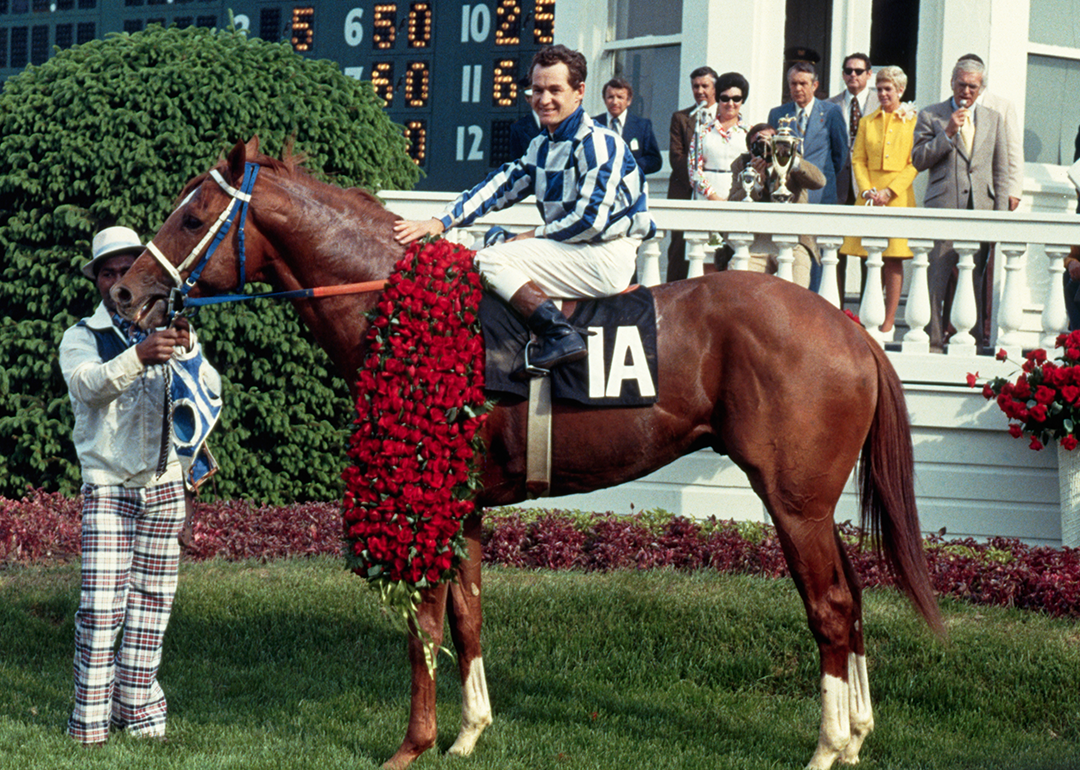
This story originally appeared on OLBG and was produced and distributed in partnership with Stacker Studio.
6 popular Kentucky Derby traditions, explained
The Kentucky Derby is one of the most iconic events and horse races on the calendar. The first leg of the Triple Crown occurs annually on the first Saturday in May, when thousands of people flock to Churchill Downs in Louisville, Kentucky, to watch (and place bets on) what's often considered "The Greatest Two Minutes in Sports." The bugle sounds, the gates open, and 20 thoroughbreds sprint around the dirt track hoping to become part of history.
OLBG sourced numerous online sites including The Athletic, The Southern Blueprint, and more to examine the Kentucky Derby's fascinating traditions and the details behind them.
The origins of the pomp and circumstance began in the late 19th century, thanks to Col. Meriwether Lewis Clark Jr., the grandson of famous American explorer William Clark. On an 1872 European trip that involved stops in England and France, Clark Jr. witnessed various esteemed horse races and became inspired to enhance the sport within the United States. Soon after returning home, he founded the Louisville Jockey Club, a site that would later be named Churchill Downs. The inaugural race took place in 1875 in front of 10,000 spectators, who watched Aristides prevail over 14 other horses in the 12-furlong (around 1.5 miles) running.
In the decades since, the Kentucky Derby has grown from a simple race into a global phenomenon, attracting all kinds of celebrities and bigwigs, dressed in decorative attire with a signature cocktail in hand. These are just a couple of the traditions that have emerged around Derby weekend, which has spawned an entire month of festivities throughout the Louisville area, including fireworks and air shows, along with steamboat races, marathons, and parades. Outside of the majesty of galloping horses, Churchill Downs supplies plenty of iconography—the venue's twin spires, grandstands, and flower-filled infield—that makes it an experience to remember forever.
As we approach the 150th running of the Kentucky Derby, here's a list and more background about the event's signature staples that you'll be able to see throughout race day.
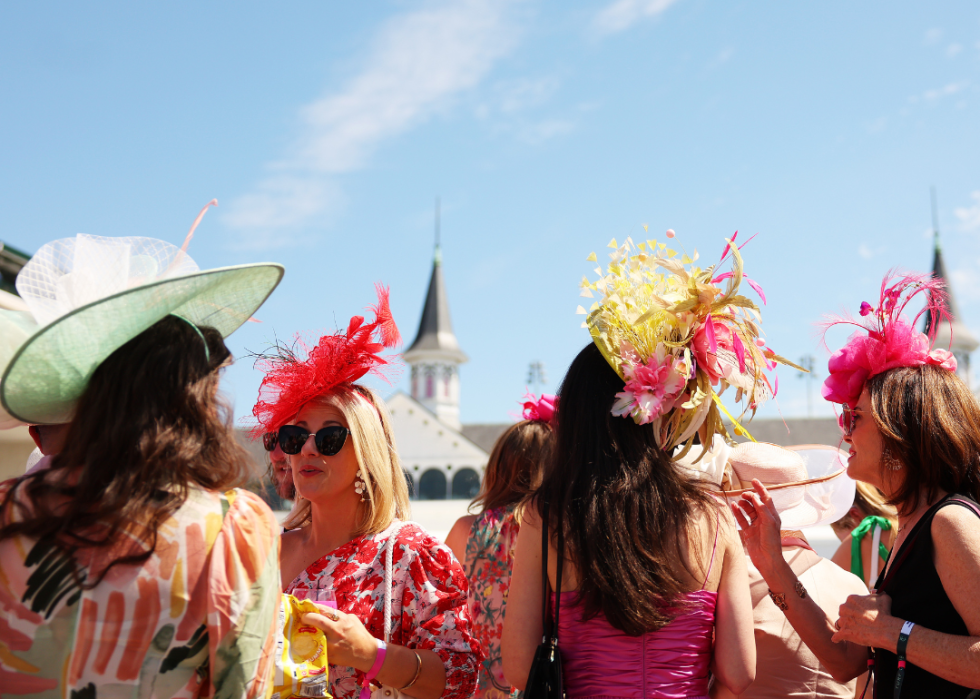
The fashion
If it's not the biggest talking point at the Kentucky Derby, then it's at least the most colorful. Though the dress code at Churchill Downs "encourages guests to wear upscale attire," patrons tend to go all out when they enter the stands, suites, or inner circle. Typically, men will wear suits or bright blazers—often seersucker patterns—while the women often break out floral-colored dresses, ideally ones that accent and complement their hats, which some believe provide good luck.
In a light nod to England's Royal Ascot races, the tradition stems back to 1875, when Clark Jr. recruited upper-class customers to the race track with elegant-looking women, often wearing their Sunday best. You can expect the majority of those attending—from celebrities to athletes to high society members—to lean into the assignment and strut in their best Southern styles.
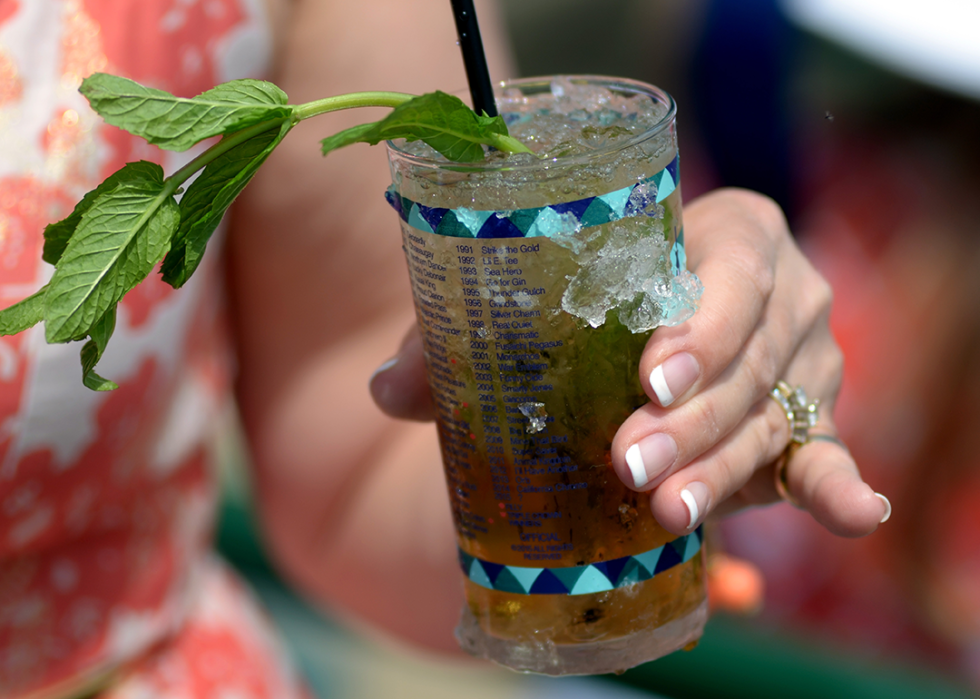
Mint juleps
Like most big parties, weddings, and special events, the Kentucky Derby has its own special drink. The mint julep—a delightful concoction of bourbon, mint, sugar, simple syrup, and crushed ice—has become synonymous with the "Run for the Roses" ever since becoming the event's staple drink in 1938. Though the julep was originally used for medicinal purposes to aid with upset stomachs and sore throats, legend says that Clark Jr. planted mint leaves upon founding the track in 1875. Now served in a collectible glass, the drink has become a must-have for anyone attending the festivities at Churchill Downs. You can expect more than 100,000 juleps to be served throughout the Derby weekend.
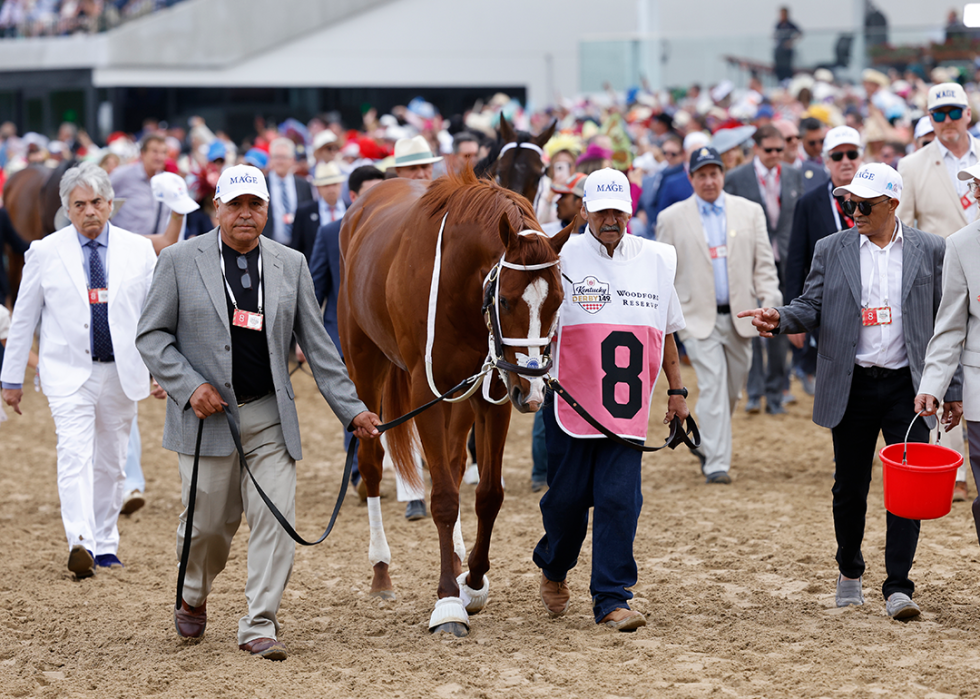
The walkover
There are 14 races throughout Derby Day, but there's nothing like the esteemed walkover for the evening's main event. In what functions like the quiet before the storm, the 20 runners make their way from the barn to the paddock, flanked by owners and trainers hoping they'll be crowned champions.
Once all the horses are gathered, they make a quarter-mile walk along the track to the tunnel, basking in the adoration and adulation of broadcasters and the iconic venue's 150,000 packed-in fans. It's something of a red-carpet experience, a chance for the horse's connections to take everything in after their prized thoroughbred has gone through months of training and preparation. Not long after, they're off to the races.
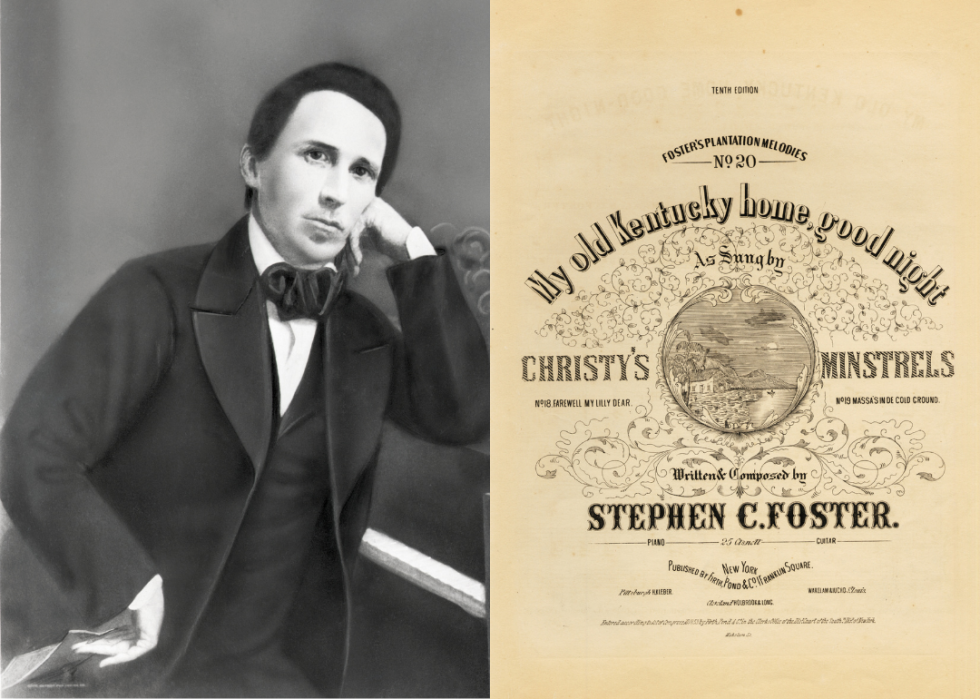
'My Old Kentucky Home'
As the colorfully decorated horses march to the starting gates, they'll do so to "My Old Kentucky Home," the Derby's traditional song performed ahead of the race. The singing of the 1850s Stephen Foster tune dates back to 1921, but it has come under more scrutiny recently based on the song's lyrics and cultural connotations.
Originally written as an anti-slavery song based on Harriet Beecher Stowe's "Uncle Tom's Cabin," the song emphasizes the poor conditions of slavery and the humanity of the people who are enslaved. But at the turn of the century, after slavery had been outlawed, "My Old Kentucky Home'' took on new meaning within the white population, becoming a Kentucky tourist anthem and eventually, in 1928, the state's official song. The lyrics don't include slurs anymore, but the misinterpretations and connotations have made for consistent debate about its place at the Derby and American culture at large.
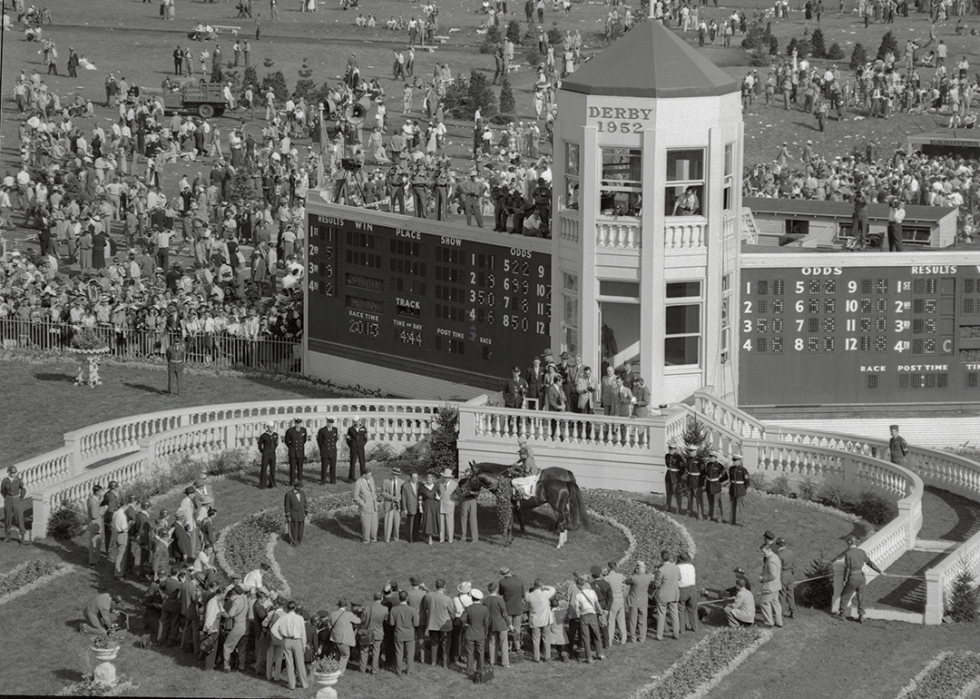
The winner's circle
What happens after the lead horse crosses the finish line? It heads to the Winner's Circle, the decorated area inside the infield where the Kentucky Derby trophy is handed out to the winning owner, trainer, and jockey. Between 1875 and 1929, this area was delineated by a small circle outlined in chalk. Over the next seven years, the presentation took place in the adjoining clubhouse before a more established zone with presentation stands and an electronic odds board was built in 1938. Every winning presentation—including for legendary Triple Crown winners like Seattle Slew, Secretariat, and American Pharoah—has been held there ever since.
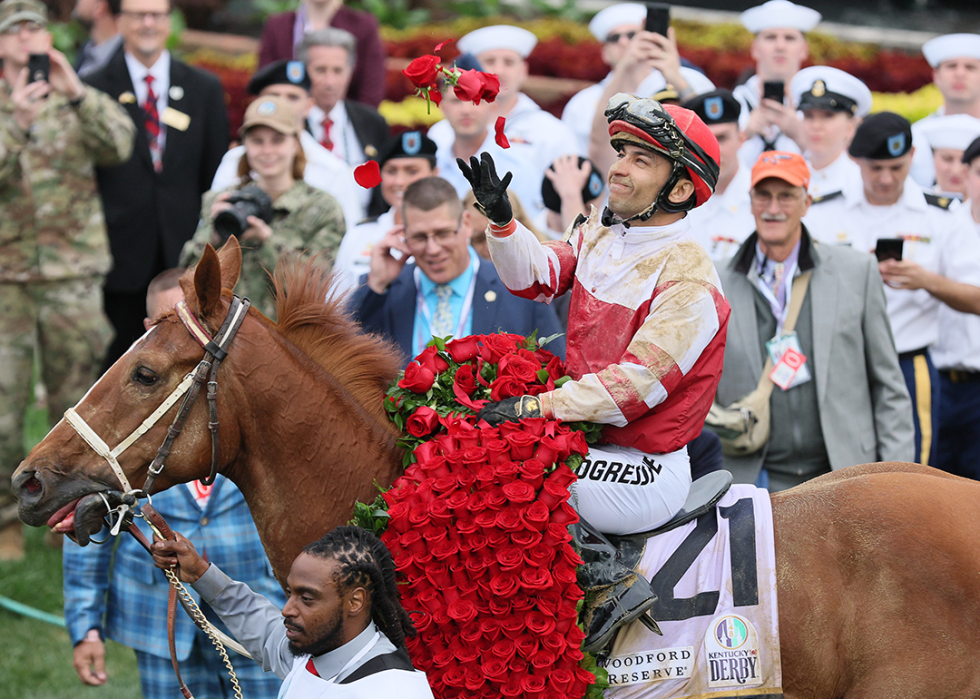
The presentation of roses
The Kentucky Derby might be considered "The Greatest Two Minutes in Sports," but its more prominent moniker is the "Run for the Roses." The term stems from the wreath of roses given to the winning horse, a tradition whose origins began in 1896 when Derby winner Ben Brush received pink and white roses upon his victory. The garland idea may have emerged after the 1883 Derby, in which socialite E. Berry Wall gave roses to all the women at his Louisville party, inspiring Clark Jr. to make the rose the official flower of the race the next year.
Almost 50 years later, a 400-rose garland adorned winner Burgoo King for the first time and has remained a ceremonial staple. Today, a winning horse is draped in a blanket of 554 roses, while the winning jockey receives a 60-rose Jockey's Bouquet fastened together with 10 yards of ribbon. It's the ultimate reward that every owner wants to see their horse wearing.
Story editing by Carren Jao. Copy editing by Robert Wickwire.



